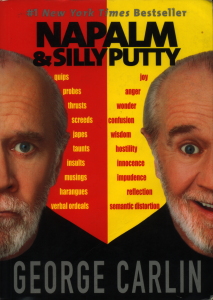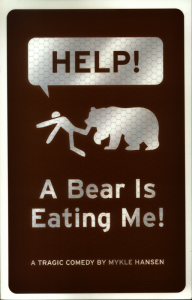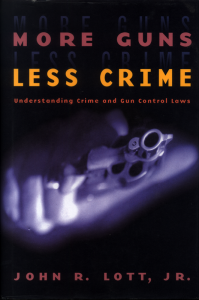A good read but probably narrowly of interest to those who read in the area of the history and philosophy of science. Regardless it would be an important read outside of that sphere.
This quote is taken from page 241 in my copy.
On religion I lean toward deism but consider its proof largely a problem in astrophysics. The existence of a cosmological God who created the universe (as envisioned by deism) is possible, and may eventually be settled, perhaps by forms of material evidence not yet imagined. Or the matter may be forever beyond human reach. In contrast, and of far greater importance to humanity, the existence of a biological God, one who directs organic evolution and intervenes in human affairs (as envisioned by theism) is increasingly contravened by biology and the brain sciences.
Here are some literary archetypes he lists out from page 223 and 224.
In the beginning, the people are crated by gods, or the mating of giants, or the clash of titans; in any case, they begin as special beings at the center of the world.
The tribe emigrates to a promised land (or Arcadia, or the Secret Valley, or the New World).
The tribe meets the forces of evil in a desperate battle for survival; it triumphs against heavy odds.
The hero descends to hell, or is exiled to wilderness, or experiences an iliad in a distant land; he returns in an odyssey against all odds past fearsome obstacles along the way, to complete his destiny.
The world ends in apocalypse, by flood, fire, alien conquerors, or avenging gods; it is restored by a band of heroic survivors.
A source of great power is found in the tree of life, the river of life, philosopher’s stone, sacred incantations, forbidden ritual, secret formula.
The nurturing woman is apotheosized as the Great Goddess, the Great Mother, Holy Woman, Divine Queen, Mother Earth, Gaia.
The seer has special knowledge and power of mind, available to those worthy to receive it; he is the wise old man or woman, the holy man, the magician, the great shaman.
The virgin has the power of purity, is the vessel of sacred strength, must be protected at all costs, and perhaps surrendered up to propitiate the gods or demonic forces.
Female sexual awakening is bestowed by the unicorn, the gentle beast, the powerful stranger, the magical kiss.
The trickster disturbs established order and liberates passion as the god of wine, king of the carnival, eternal youth, clown, jester, clever fool.
A monster threatens humanity, appearing as the serpent demon (Satan writhing at the bottom of hell), dragon, gorgon, golem, vampire.
And finally this gem from page 290.
Much of the technology required to reach that goal [“the diminishment of the total ecological footprint” of humanity] can be summarized in two concepts. Decarbonization is the shift from the burning of coal, petroleum, and wood to essentially unlimited, environmentally light energy sources such as fuel cells, nuclear fusion, and solar and wind power. Dematerialization, the second concept, is the reduction in bulk of hardware and the energy it consumes. All the microchips in the world, to take the most encouraging contemporary example, can be fitted into the room that housed the Harvard Mark 1 electromagnetic computer at the dawn of the information revolution.



